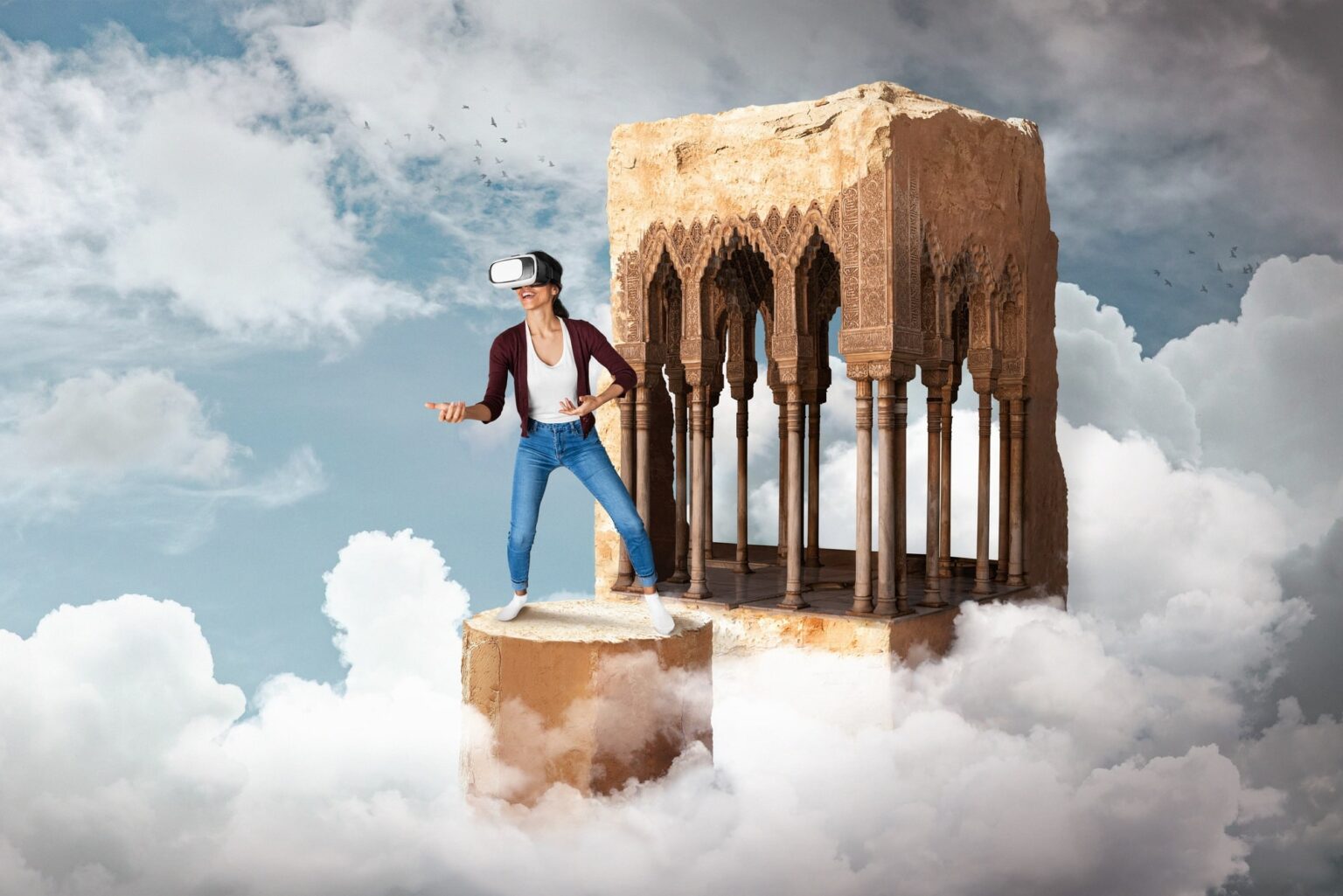AR/VR technologies are playing a significant role in preserving and reviving cultural heritage by offering immersive and interactive experiences that bring historical sites and artifacts to life. Here’s how AR/VR is contributing to the preservation and appreciation of cultural heritage:
- Virtual Tours and Reconstructions: AR/VR allows users to explore historical sites and landmarks virtually, even if they are physically inaccessible or have been damaged over time. Through virtual tours, individuals can virtually walk through ancient ruins, visit museums, or explore archaeological sites, experiencing the sights and sounds of the past. VR reconstructions can also recreate lost or destroyed structures, offering a glimpse into the architectural marvels of bygone eras.
- Artifact Visualization and Restoration: AR/VR technologies enable the visualization and restoration of artifacts, even if they are fragmented or incomplete. By overlaying digital reconstructions onto physical remains, users can see how artifacts would have looked in their original form. This aids archaeologists, conservators, and historians in better understanding ancient objects and helps the public appreciate their historical and cultural significance.
- Interactive Learning and Educational Experiences: AR/VR provides engaging educational experiences by allowing users to interact with historical objects and environments. Users can examine and manipulate virtual artifacts, uncover hidden details, and access contextual information through multimedia overlays. This interactive approach enhances learning and fosters a deeper understanding of history, culture, and heritage.
- Cultural Preservation and Documentation: AR/VR technologies facilitate the digital preservation and documentation of cultural heritage. High-resolution 3D scanning and modeling techniques capture detailed representations of artifacts, buildings, and landscapes. This digital preservation ensures that even if physical objects deteriorate or are lost, their digital counterparts remain accessible for research, education, and future generations.
- Augmented Exhibitions and Museums: AR/VR can enhance the museum experience by augmenting exhibitions with additional information, interactive elements, and multimedia content. Visitors can use AR-enabled mobile devices to access supplementary details about artifacts, watch virtual presentations, or participate in interactive storytelling experiences. This enriches the museum visit, making it more engaging and informative.
- Cultural Revitalization and Public Engagement: AR/VR technologies foster public engagement with cultural heritage by reviving interest in historical sites, traditions, and customs. Virtual experiences can inspire people to explore heritage sites in person, participate in cultural events, or support conservation efforts. AR/VR can also facilitate the sharing of cultural heritage across geographical boundaries, promoting cross-cultural understanding and appreciation.
While AR/VR technologies offer numerous benefits for cultural heritage preservation, challenges exist, such as ensuring accuracy in virtual reconstructions, addressing ethical considerations related to access and ownership of digital representations, and the need for collaboration between technology experts and heritage professionals.
Overall, AR/VR technologies are transforming the preservation and appreciation of cultural heritage by offering immersive and interactive experiences that bridge the gap between the past and the present. They contribute to cultural preservation, education, and public engagement, fostering a deeper understanding and connection to our shared history and heritage.



